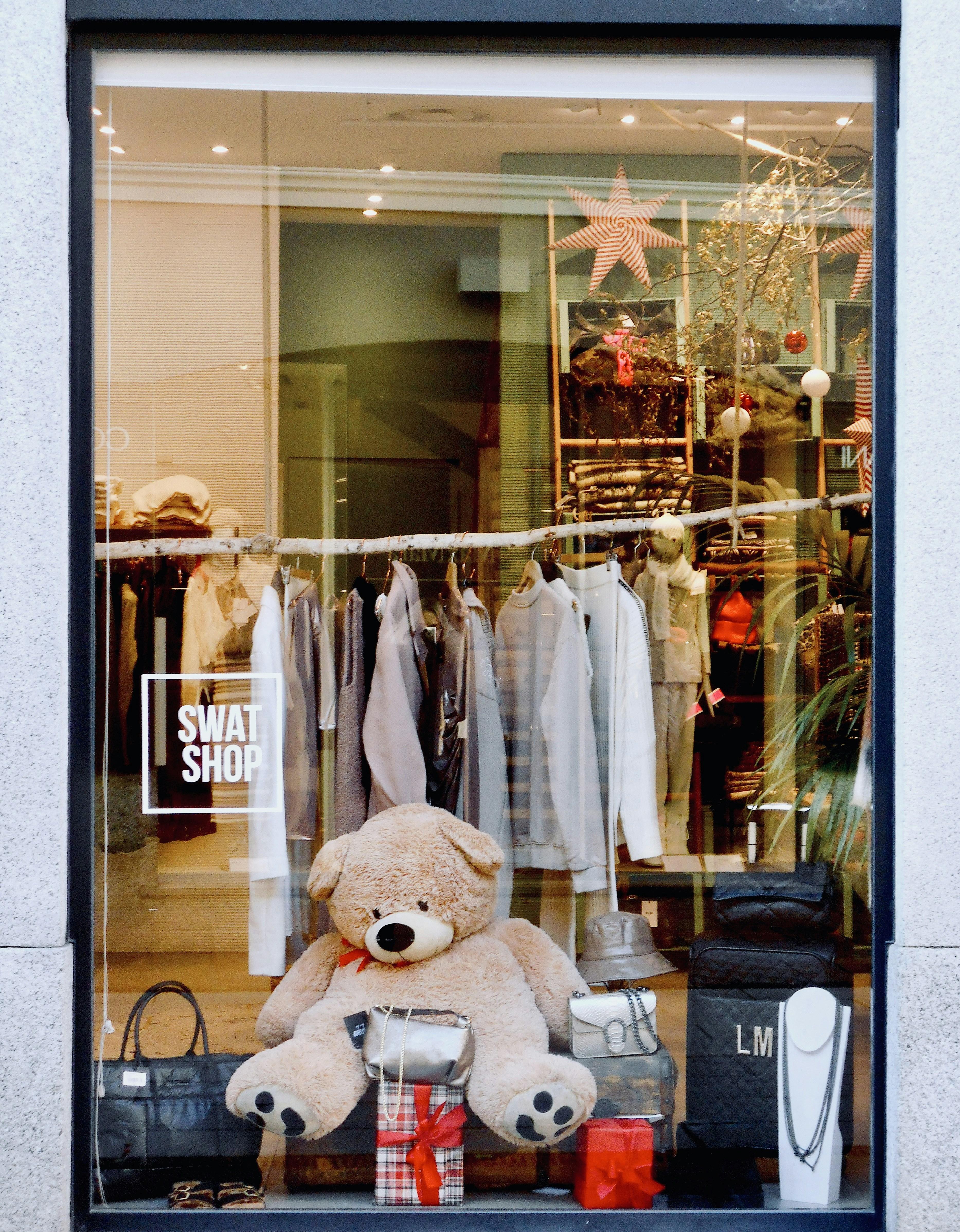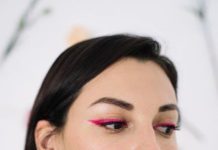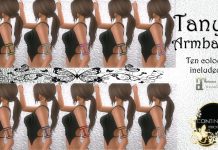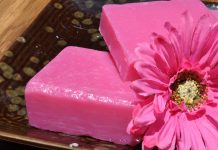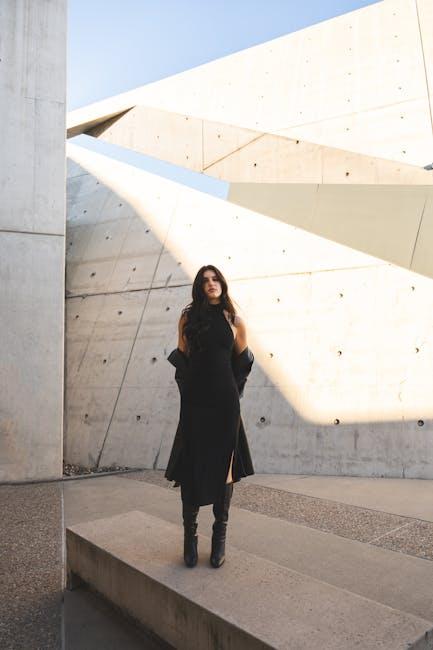In the ever-evolving world of fashion, where trends shift with the seasons and styles ebb and flow like the tide, a crucial question emerges: should fashion trends cater to all body types equally? As designers unveil their latest collections and influencers flaunt their curated wardrobes, the dialogue around inclusivity gains momentum. In this exploration, we delve into the heart of the fashion industry, unraveling the intricate tapestry of design, diversity, and the pursuit of self-expression. By examining the balance between creativity and accessibility, we seek to understand whether fashion can truly embrace every silhouette, or if the runway still has miles to go.
Inclusivity in Style: A New Era for Fashion Trends
Fashion has long been a realm where the idealized body shape has dominated, often leaving many feeling excluded. However, the landscape is shifting towards a more inclusive approach, acknowledging that style knows no size. Designers are now embracing diversity, understanding that true fashion transcends conventional norms. This evolution is not just a trend but a necessary transformation that celebrates individuality.
- Variety in Sizing: Brands are expanding their size ranges, offering garments that cater to every body type.
- Adaptive Fashion: Designs now consider different physical needs, making fashion accessible to all.
- Body Positive Campaigns: Marketing strategies increasingly feature models of various shapes and sizes, promoting self-love and confidence.
These changes reflect a growing recognition that style should be a form of self-expression for everyone. By embracing inclusivity, the fashion industry not only broadens its audience but also fosters a community where diversity is celebrated, and every individual feels seen and valued.

Beyond One Size: Embracing Diversity in Design
Fashion has long been a reflection of cultural ideals, but the notion of a singular standard is rapidly evolving. The industry is beginning to recognize the importance of inclusivity and the celebration of diverse body types. Instead of adhering to a rigid template, designers are now exploring how garments can be tailored to fit a variety of shapes and sizes. This shift not only challenges traditional norms but also empowers individuals to embrace their unique identities.
Incorporating diverse body types into fashion trends means considering the needs and desires of a broader audience. Some of the key aspects include:
- Versatile sizing that goes beyond the conventional small, medium, and large.
- Adaptive designs that offer flexibility and comfort for different body shapes.
- Representation in marketing and media to showcase a spectrum of beauty.
By embracing these principles, the fashion industry can create a more inclusive environment where everyone feels seen and valued, paving the way for trends that resonate with all individuals.
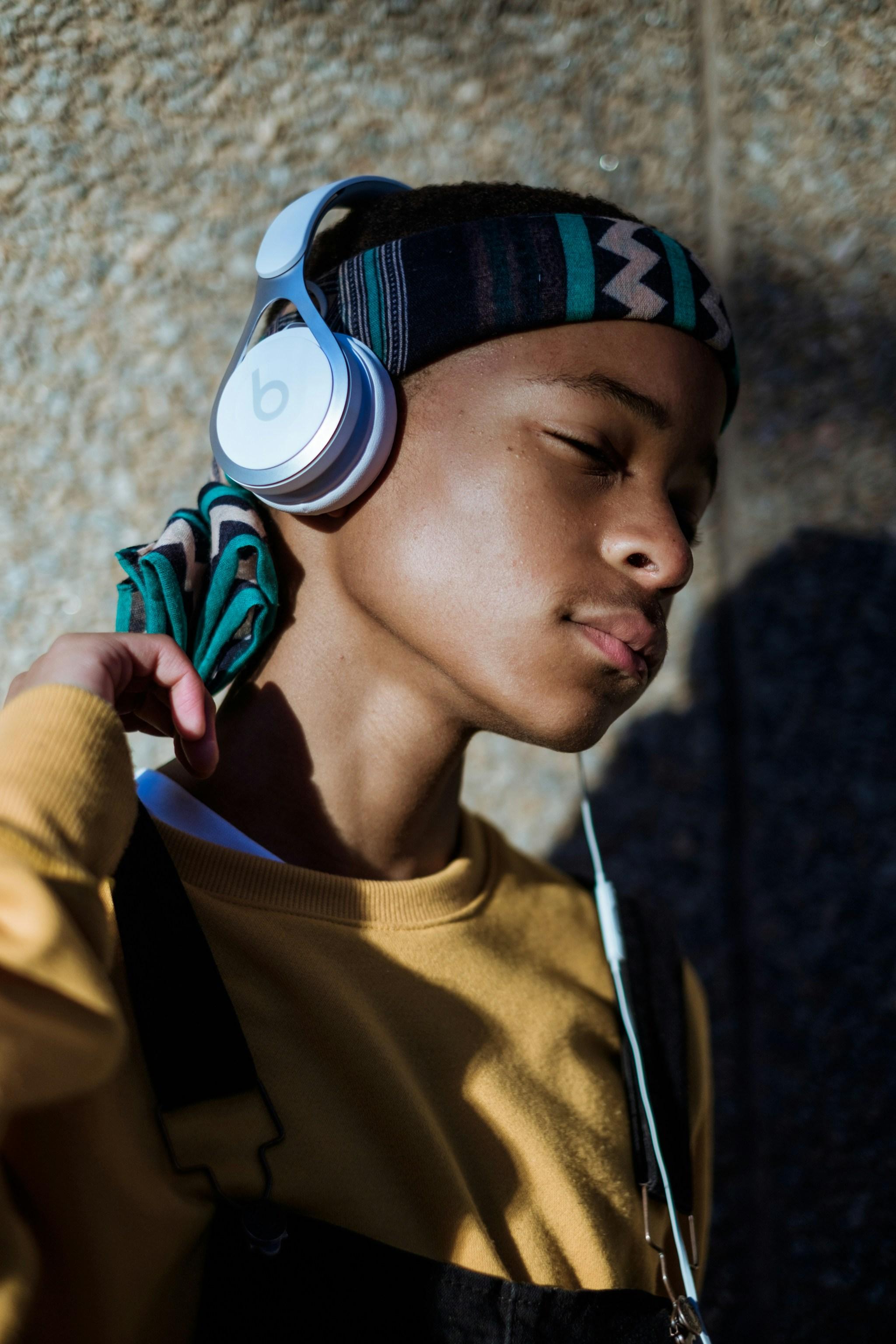
The Business of Body Positivity: Why It Matters
In the fashion industry, the concept of body positivity is not just a movement; it’s a business imperative. Embracing diverse body types allows brands to tap into a broader market, ultimately enhancing customer loyalty and brand reputation. Fashion labels that prioritize inclusivity are not only meeting consumer demand but also driving innovation. The importance of catering to all body types lies in its potential to reshape societal norms and expectations around beauty.
- Economic Growth: Brands that offer a wide range of sizes see increased sales and market share.
- Brand Loyalty: Consumers are more likely to support brands that reflect their values and personal experiences.
- Social Impact: Promoting inclusivity in fashion can challenge stereotypes and foster a more accepting society.
Ultimately, the business of body positivity is about more than just profits—it’s about creating a fashion landscape that celebrates all individuals. By doing so, the industry can become a catalyst for change, making style accessible and empowering for everyone.

Tailoring Trends: Practical Steps for Universal Appeal
Embracing diverse body types in fashion trends involves a thoughtful approach to design and marketing. Designers can start by creating collections that offer a range of sizes and silhouettes. This doesn’t just mean scaling up or down a single pattern but rather understanding the unique needs and aesthetics of different body shapes. Inclusivity should be woven into the fabric of fashion, ensuring that each piece is adaptable and flattering for everyone.
- Research and Feedback: Engage with a diverse audience to understand their preferences and challenges.
- Flexible Sizing: Implement adjustable features like belts, ties, and stretchable fabrics.
- Visual Representation: Use models of varying sizes and shapes in campaigns to reflect true diversity.
By integrating these practical steps, fashion can achieve universal appeal, offering styles that are both trendy and accessible to all.
